secondary objects
Video installation with three beamer
"Things on Tloen are doubled; they have a tendency to fade and become unclear when the people forget them."
Tloen, Uqubar and Orbis Tertius by Jorge Luis Borges
Tloen is a "human-created labyrinth whose purpose is to be deciphered by people." So writes the Argentinian author, Borges in his story "Tloen, Uqubar and Orbis Tertius" of the fictitous Country, Tloen. "Hroenir" describes the so so-called sekundaerobjekte in Tloen is: the doubling of lost objects which resemble more and more the expectations of the finder.
Tloen finds his way to reality through an erroneous entry in one volume of an encyclopedia, whereby the question, how real and complete are the memories stored in our archivs, is asked. Is it not much more so that the supposed total picture of the viewer reaches a synthesis of selected files, which correspond to their own expectations and the subjective perception of the individual?
The Hroenir installation is also about memories – the memories of a culture in all its facets. In this way the projects becomes a deconstructive and reconstructive game with memories, reality and perception.
The pictures, taken in the "Thüringesches Hauptstaatsarchiv" in Weimar needed more than six hours to "archivate one picture" at the film.
A camera Obscura with six arpetures was specally constructed for the shoot, where optical axes were focused in one point. The photos-exposed onto conventional film – consist of six different picture sections which blend seamlessly to create a totally new architecture which is in the state of constant change. The extreme format of the "strips" in the projection – from a minimum of 50 centimetres high and 5 meter long – prevents the viewer from seeing the picture in its totality. the viewe´s eye wanders over the surface, becomes restless, continues further and returns to already understood sections. In the meantime certain elements have already changed, others have remained the same.


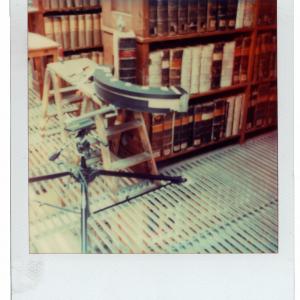

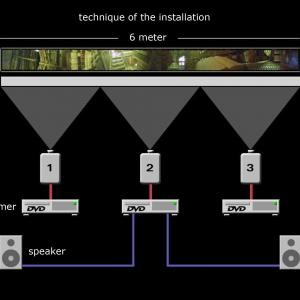

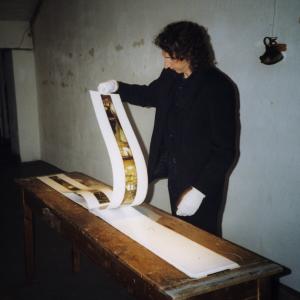
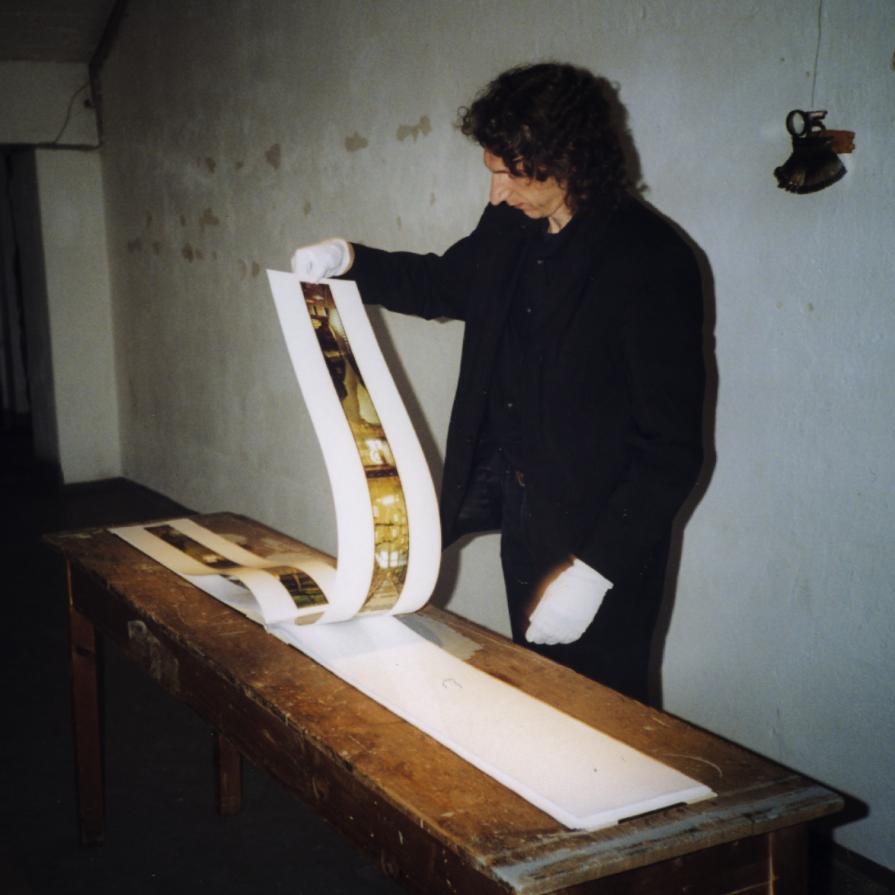

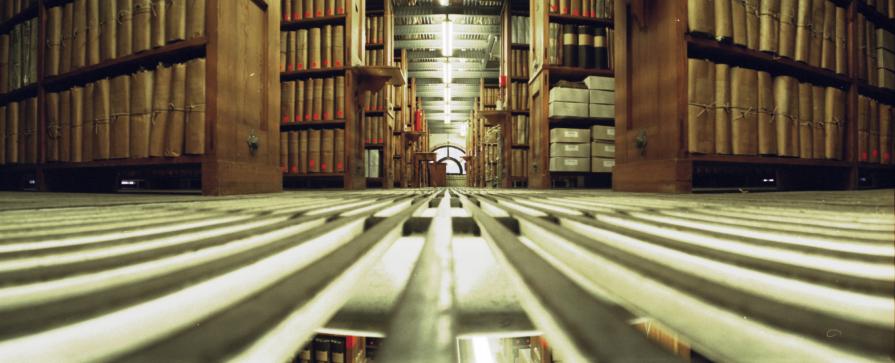

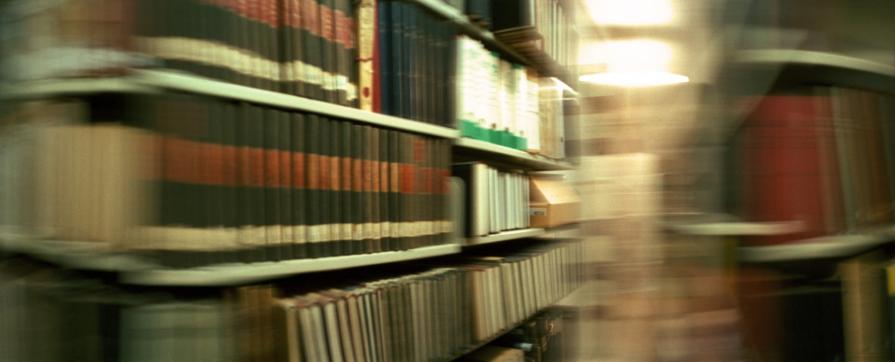







Commenti 1
Inserisci commento